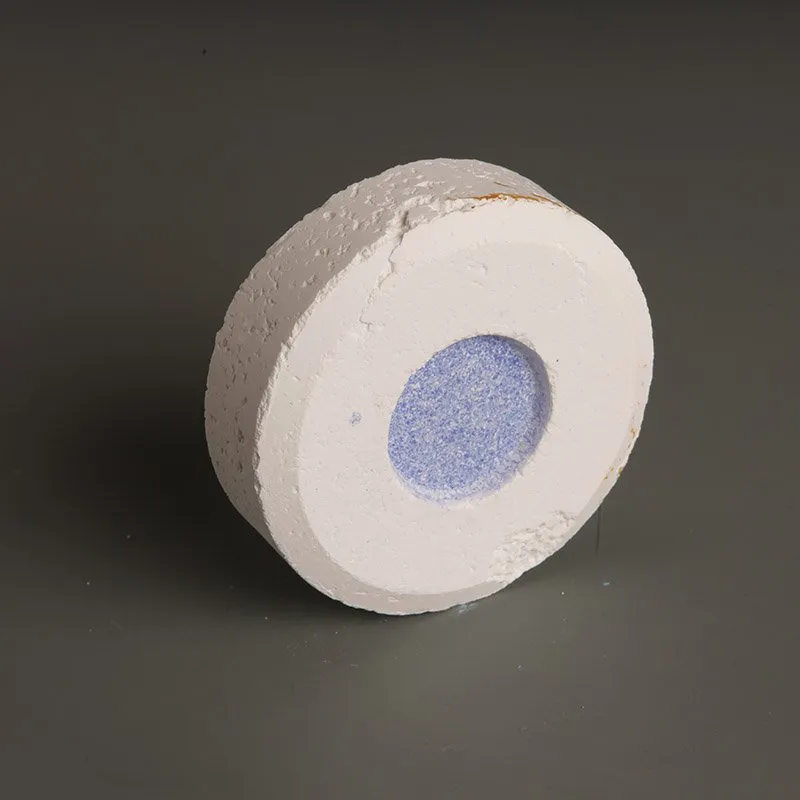



treatment for pink slime in swimming pools
Treatment for Pink Slime in Swimming Pools
Pink slime, scientifically known as *Serratia marcescens*, is a common problem faced by pool owners around the world. It is a type of bacteria that thrives in warm, moist environments, leading to unsightly pink or reddish stains on pool surfaces, tiles, and even pool accessories. While not typically harmful to healthy individuals, its presence can indicate poor maintenance and hygiene in the swimming pool, prompting the need for effective treatment strategies.
Understanding the Causes
Before tackling the treatment of pink slime in swimming pools, it is crucial to understand its causes. The bacteria thrive in environments where there is a deficiency of chlorine, low water circulation, and inadequate filtration. Additionally, the presence of organic materials such as leaves, debris, and skin cells can provide nutrients that support the growth of this unwanted bacteria.
Regular Maintenance is Key
Preventing pink slime starts with regular pool maintenance and proper water chemistry. Maintaining optimal chlorine levels is essential, as chlorine acts as a primary sanitizer against bacteria and algae. It is advised to keep chlorine levels between 1 to 3 parts per million (ppm). Regularly testing the water and adjusting chemical levels accordingly can significantly reduce the risk of pink slime.
In addition, maintaining the pool's filtration system and ensuring proper water circulation are vital. Running the pump for at least 8 to 12 hours a day helps keep water moving and prevents stagnation, which contributes to bacterial growth.
Treatment Steps for Existing Pink Slime
If pink slime is already present, a systematic treatment approach can help eliminate it effectively
. Here are the steps to followtreatment for pink slime in swimming pools

1. Increase Chlorine Levels Begin by shocking the pool with a high dose of chlorine. This process involves adding 3 to 5 times the normal amount of chlorine to the pool water. This elevated level should kill most of the bacteria, including *Serratia marcescens*.
2. Scrub the Affected Areas After shocking the pool, use a stiff brush to scrub any visible pink slime off the walls, ladders, and tiles. Pay special attention to corners and hidden areas where bacteria may be hiding.
3. Clean and Backwash the Filter After scrubbing, clean the filter thoroughly. If you have a sand filter, backwashing will remove any dead bacteria and debris. Cartridge filters should be removed and rinsed.
4. Retest and Balance the Water Following treatment, retest the water to ensure chlorine levels and pH are balanced. The pH should be between 7.2 and 7.8 for optimal sanitation.
5. Maintain Regular Cleaning Keep up with regular cleaning and maintenance schedules to prevent future outbreaks. Vacuum the pool, remove debris, and ensure the skimmer and pump baskets are clean.
6. Consider Algaecides For persistent issues, using a specialized algaecide can help prevent the growth of bacteria and algae. Ensure the chosen product is safe for use in swimming pools.
Conclusion
While dealing with pink slime in swimming pools can be challenging, consistent preventive measures, proper maintenance, and timely treatment can significantly reduce its occurrence. By being proactive and vigilant in maintaining clean and balanced pool water, pool owners can enjoy a refreshing swimming environment without the worry of pink slime. Regular attention to pool hygiene not only enhances the swimming experience but also contributes to the overall health and safety of its users.
-
Why Sodium Persulfate Is Everywhere NowNewsJul.07,2025
-
Why Polyacrylamide Is in High DemandNewsJul.07,2025
-
Understanding Paint Chemicals and Their ApplicationsNewsJul.07,2025
-
Smart Use Of Mining ChemicalsNewsJul.07,2025
-
Practical Uses of Potassium MonopersulfateNewsJul.07,2025
-
Agrochemicals In Real FarmingNewsJul.07,2025
-
Sodium Chlorite Hot UsesNewsJul.01,2025










